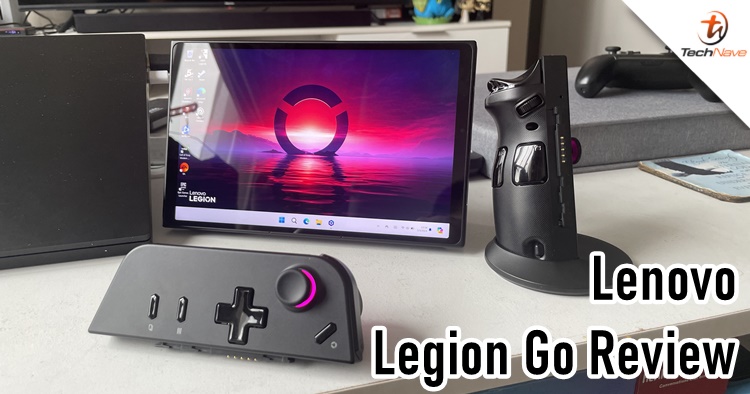
The PC gaming handheld trend is really picking up. Lenovo has already launched its new Legion Go here in Malaysia. But how does it fare against the ROG Ally and MSI Claw A1M? Well, we don't have the latter in our hands yet. But after playing with the Legion Go (and the Legion Glasses) for two weeks, here's my take on all the pros and cons.
As all you gaming enthusiasts should know by now, the Lenovo Legion Go is a big chunky gaming device. But you won't know how big it is until you hold it. Seriously, IT IS HUGE and heavy. Placing it side-by-side with the Nintendo Switch is like looking at David and Goliath. You might even argue that it looks like a Switch prototype bootleg.
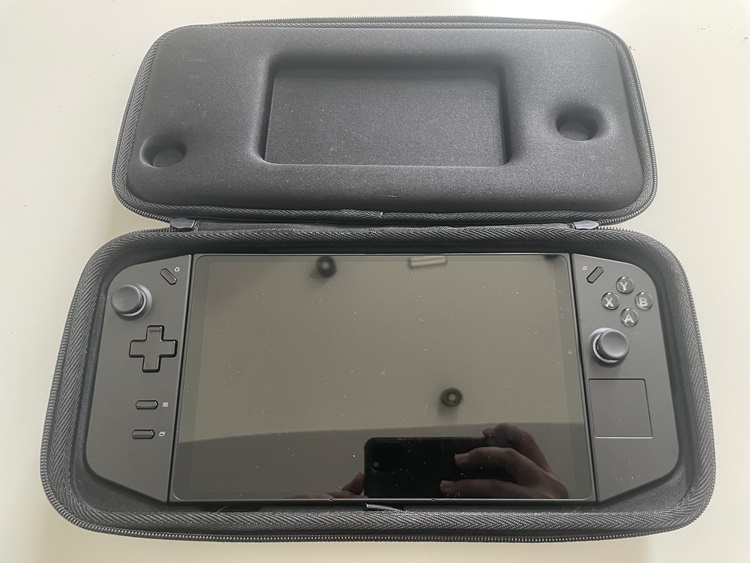
Out of the box, the Legion Go is placed within the bag case
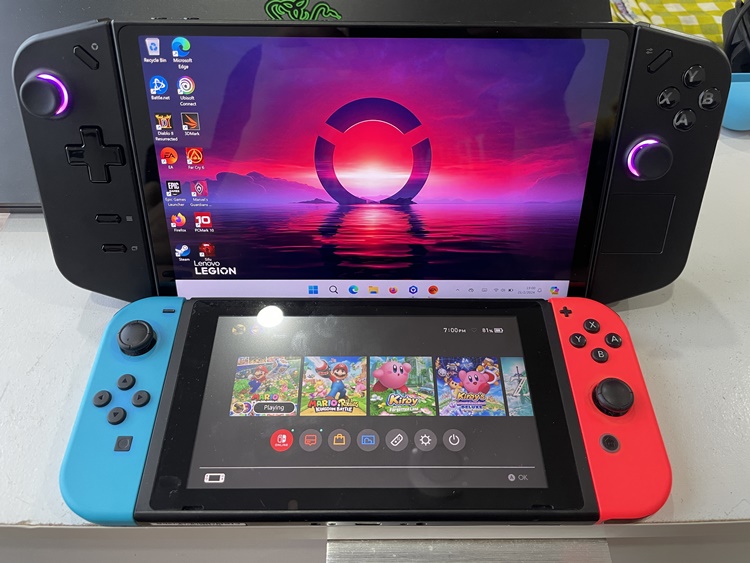
Size comparison between the Legion Go and Nintendo Switch
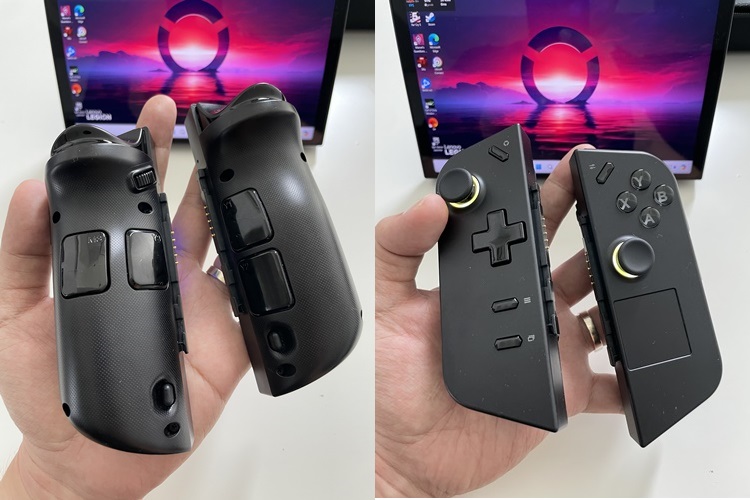
The Legion TrueStrike controllers have a lot of buttons
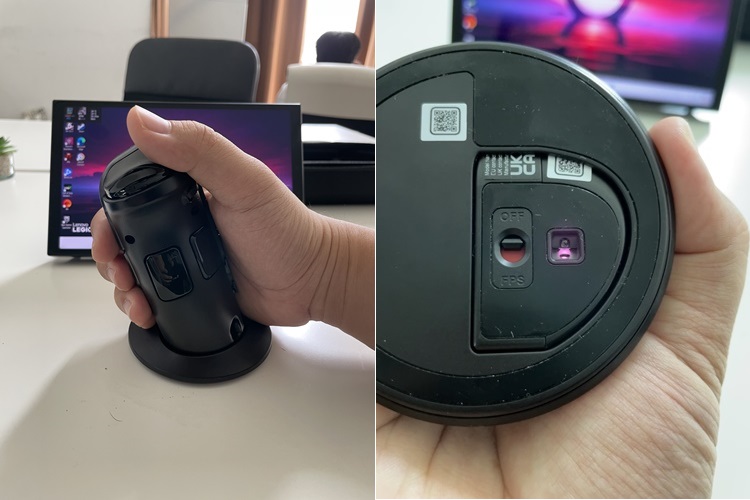
FPS Mode demo (more on that below)
Speaking of the Switch, the Legion Go has a lot of similarities to it. The obvious one is the detachable controllers, where the right controller can switch to FPS mode (more on that later). The two controllers have a lot of buttons, so that can be an advantage if you like customising them. Detaching and re-attaching them back is quite seamless and solid, so good job to Lenovo for that.
If you thought the weight was going to be a problem, you'd be glad to know that it's not really an issue. During my playtime, I often just lay it on a soft pillow on my belly. The 8.8-inch display is large enough, so I don't need to play it too near to my face. Alternatively, you can use the large rear kickstand and put it on the table to play.
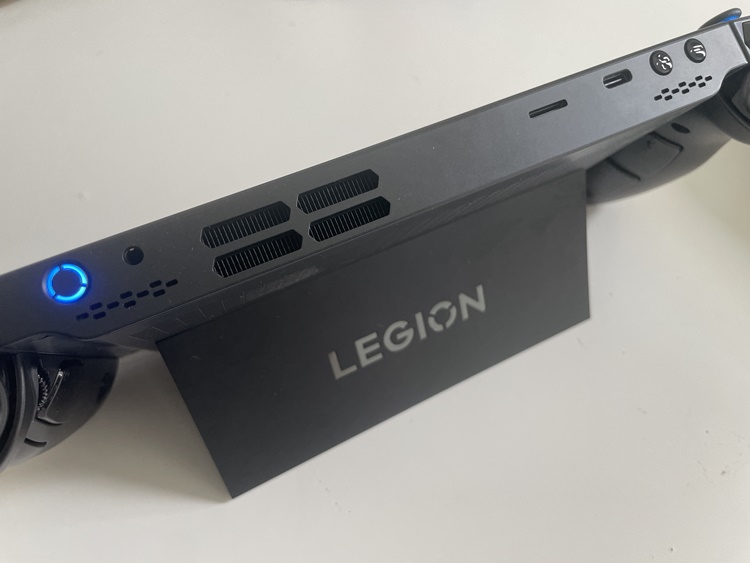
The top view with the power button, audio jack, air vents, microSD card reader, USC-C port and volume rockers
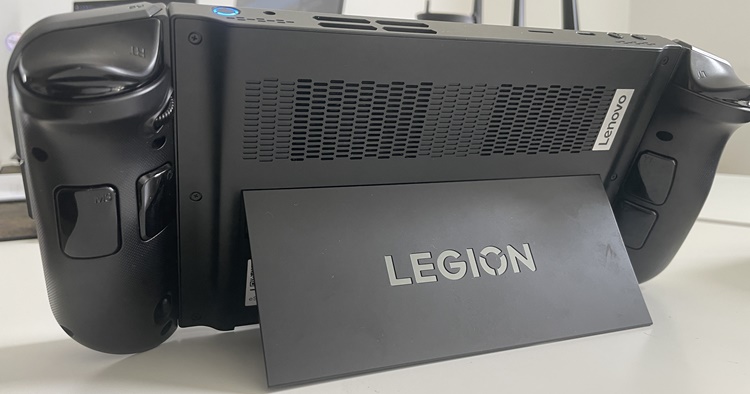
A solid kickstand at the back
Overall, the hardware of the Legion Go is quite solid. But what about the software? Well...it's very similar to the ROG Ally. Since it's running on Windows 11, the Legion Go is not fully optimised with the OS, so you will encounter a few problems. But let's talk about the Legion Space launcher first.
Compared with the ROG Ally's version, the Legion Space launcher is much better but can still be better in some areas. For starters, the image resolution in the library for each gaming platform and video game is ugly. Cloud gaming and Android Games sections are pretty much useless (for now?) and prices in the Game Stores are in USD. The features you will visit the most are the Performance and Controller.
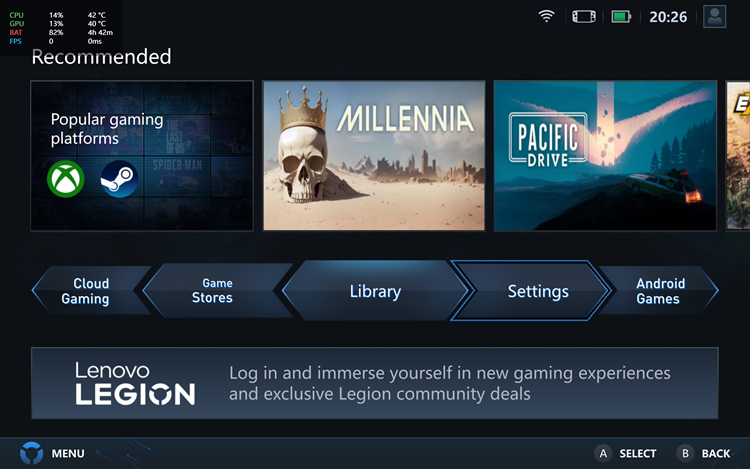
Legion Space home page
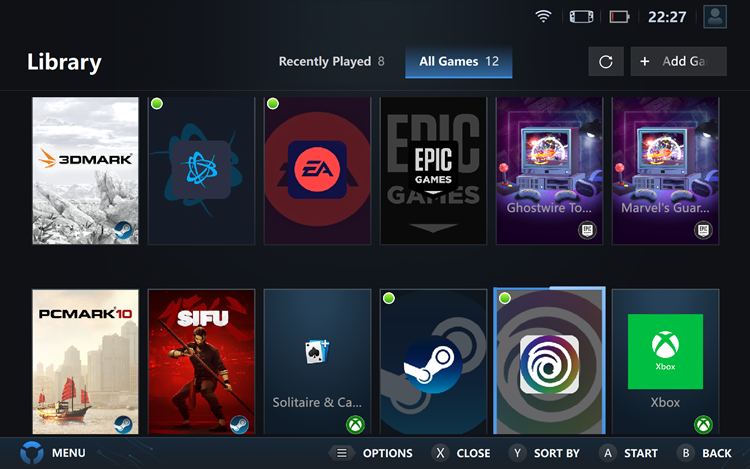
Doesn't look obvious, but the resolution is really low and makes it less appealing. It's also faster to launch games from the desktop
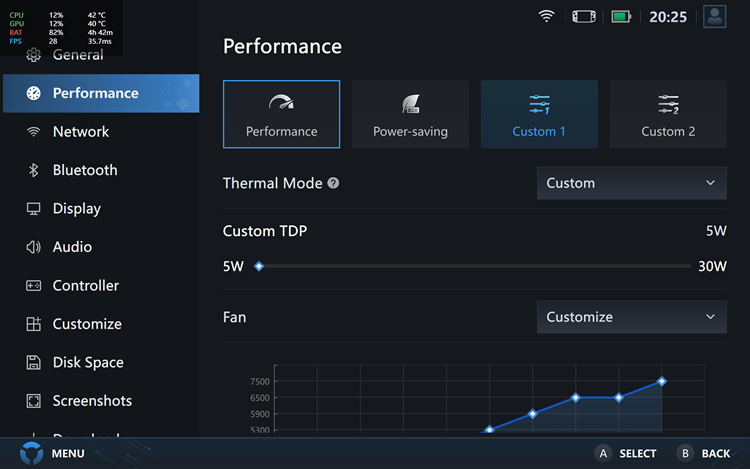
The Performance section
In the Performance section, you will see some familiar settings. Performance and Power-saving modes are already there, and you can have your own customised performance settings. Personally, the best setting to get the longest gaming playtime is setting the TDP to 5W (up to 30W max), 60Hz refresh rate and 1080p resolution.
In the Controller section, you will see a bunch of new buttons on the two controllers. The Y1, Y2, Y3, M2 and M3 are all disabled by default, so you can customise them to your liking. However, the settings you apply will not be transferred to FPS mode on the right-side controller, meaning you have to set them up all over again to your preference.
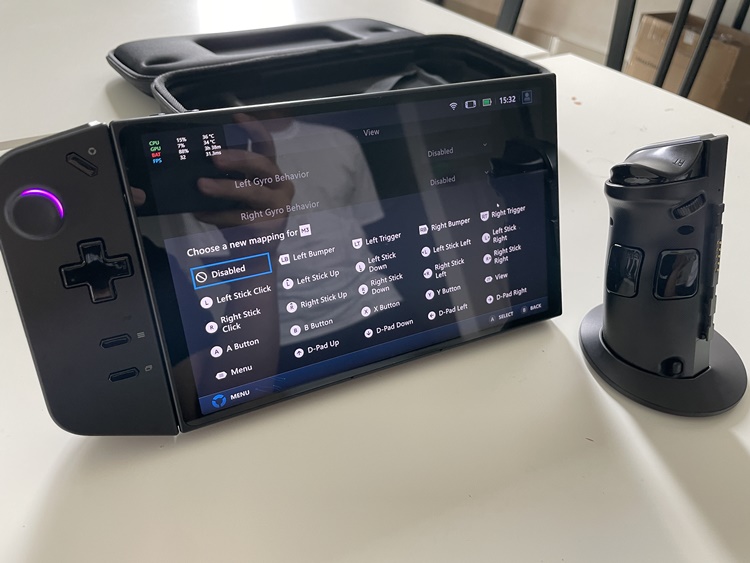
FPS Mode requires a different set of key mapping
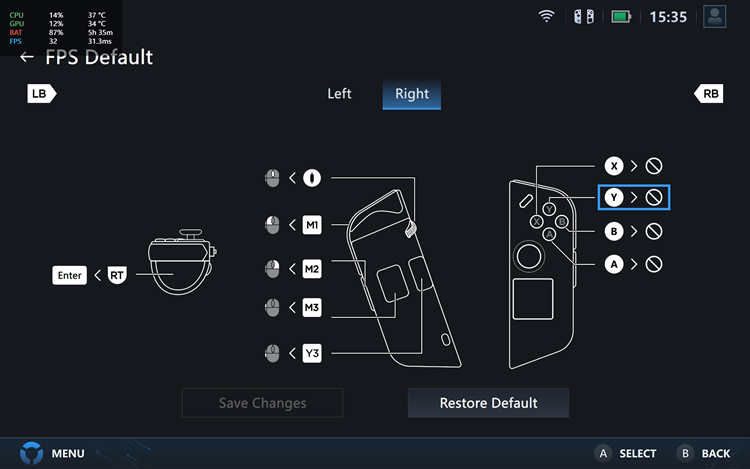
XYBA buttons are shut off by default. And the funny thing - the RT, M3, Y3 and wheeler buttons aren't consistent across different FPS games
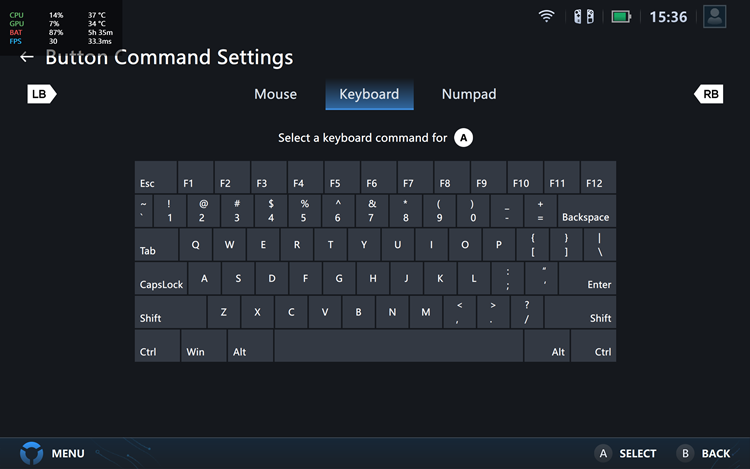
You can customise the FPS Mode buttons to work as mouse, keyboard or Numpad keys
This is probably my biggest issue with the Legion Go. The moment you turn FPS Mode on, the only usable buttons are RB/M1 and M2 as the left and right-click mouse buttons, respectively. The controller page says the RT, M3, Y3 and the wheeler are usable too, but they don't even function in the many FPS games I've tested. The XYBA buttons will also be shut off automatically, so if you're unaware, you will be left stranded in the game without knowing how to pick up or reload a weapon.
Needless to say, FPS Mode became an "FPS Nope". That doesn't mean it's unplayable since you can still customise all the buttons for the right-side controller. But like what the old black lady meme once said - "Ain't nobody got time for that!". After a long day of work, I just want to sit down and play without having to think about which keys I want for XYBA, M3 and Y3 buttons from the keyboard just for an unfamiliar gaming method.
FPS Mode demo
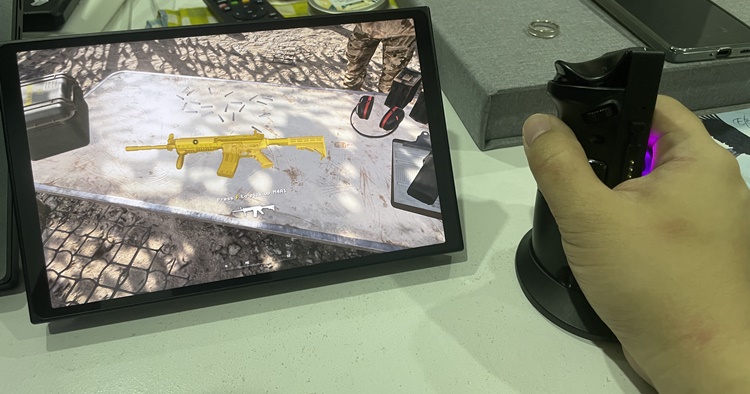
Sergeant: "Private, pick up your weapon on the table."
Me: "Well, sir. I would like to if I knew WHERE THE "E" BUTTON IS!"
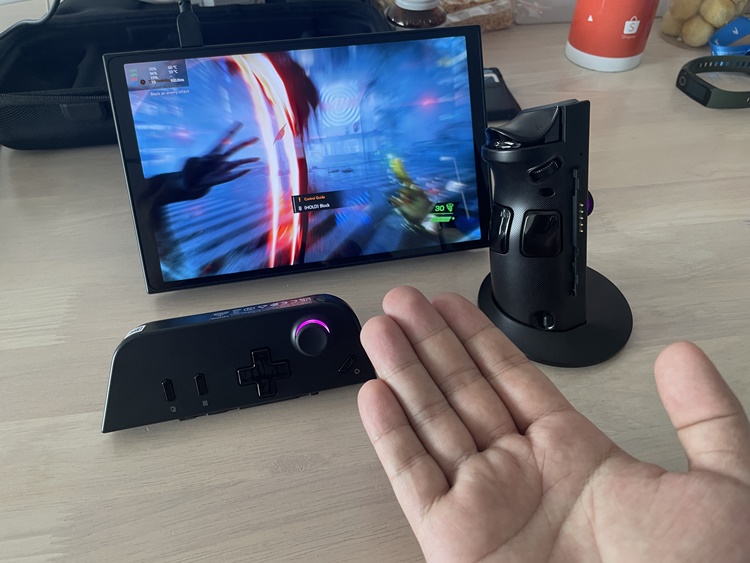
Like seriously, how was I supposed to know what is the middle wheel button for this?
The FPS Mode is a great idea on paper, but the execution defeats its purpose. Since the Legion Go is the only one that uniquely does this, no other game developers will bother implementing default command buttons for the device, so gamers will have to do the configuration all by themselves. Heck, imagine if the Switch asks you to customise all the buttons on the detached joy-cons by yourself and do it again with a different console device. Honestly speaking, I felt let down.
As mentioned earlier, Windows 11 is still not properly optimised for a handheld gaming experience. For some reason, opening new games makes the Legion Go a bit cuckoo with small gaming windows when launching. Imagine my surprise when it can't properly run Ghostwire: Tokyo on Epic Games or crashing Doom Eternal when I try to launch it. Of course, EA is still the worst-performing gaming platform.
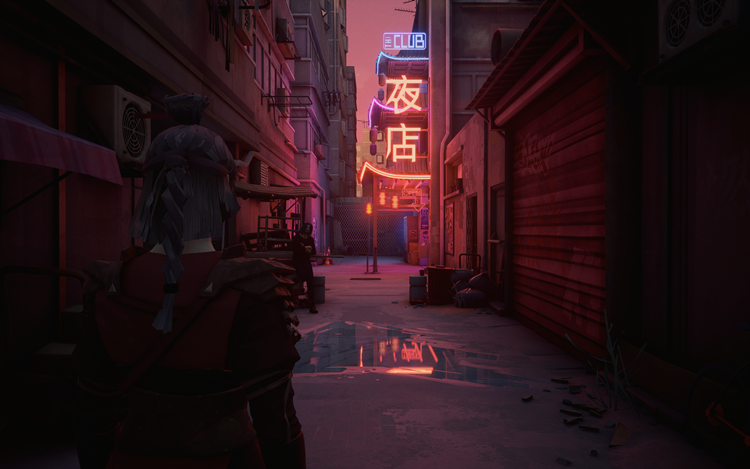
Screenshot from Sifu
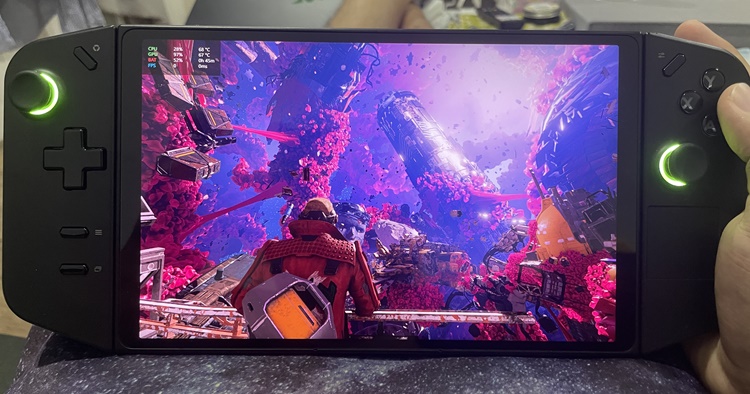
The Guardians of the Galaxy (GotG) was fun on the Legion Go
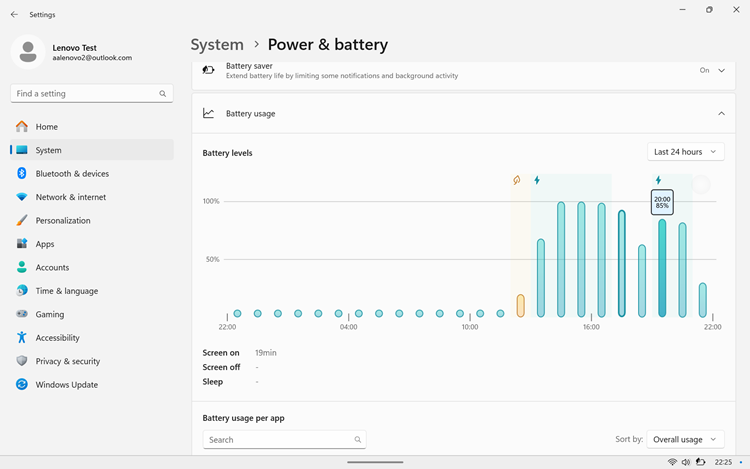
From 8 PM to nearly 10 PM, I could play the GotG smoothly on average settings
Anyway, not all is lost. You can still have some fun times with the Legion Go, albeit not perfect most of the time. When you're done configuring the Windows size and resolution for a certain game, you will definitely enjoy it. In fact, I enjoyed playing the Legion Go more than I expected due to its bigger display size and longer battery life (which varies across different games and performance settings, of course).
On average, playing games like Sifu on the device can last two hours. If you play AAA games (like Guardians of the Galaxy) on low settings, the battery should also last for that long. Recharging fully takes a while, about more than two hours. You can also plug in the charging adapter while gaming. But I wouldn't recommend it because the battery charge will stay around the same percentage.
Another cool thing is the Legion Glasses gaming accessory. Using it is really straightforward as it requires no setup; you just plug the USB-C cable into the Legion Go. After connecting to it, you're all set since the content will automatically be displayed on the thick lenses. I played with the Legion Glasses on a gaming laptop via USB-C, and the immersion is pretty cool (imagine playing a racing game with it!). However, I can only use it for slightly over an hour before my head feels tired.
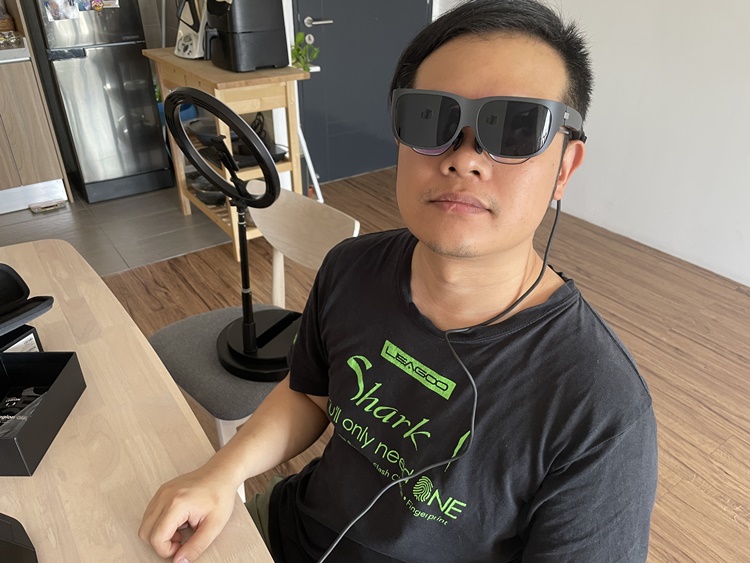
Surprisingly, the Legion Glasses can be worn by people with glasses
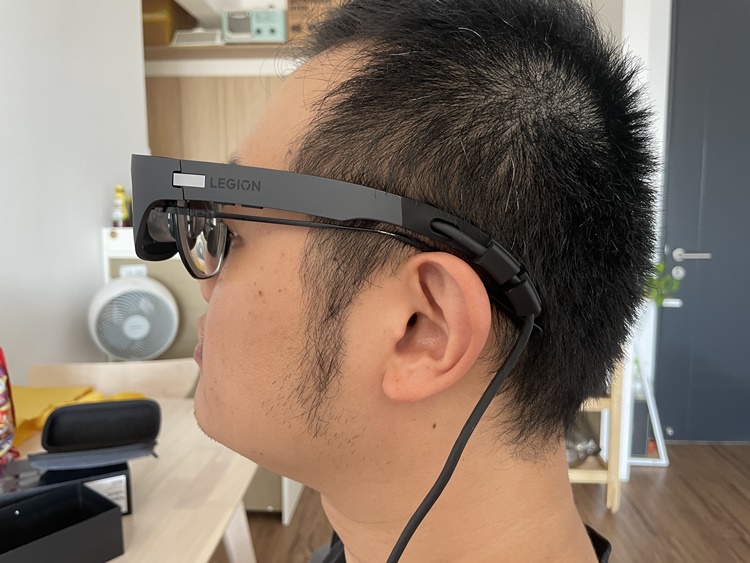
Side view
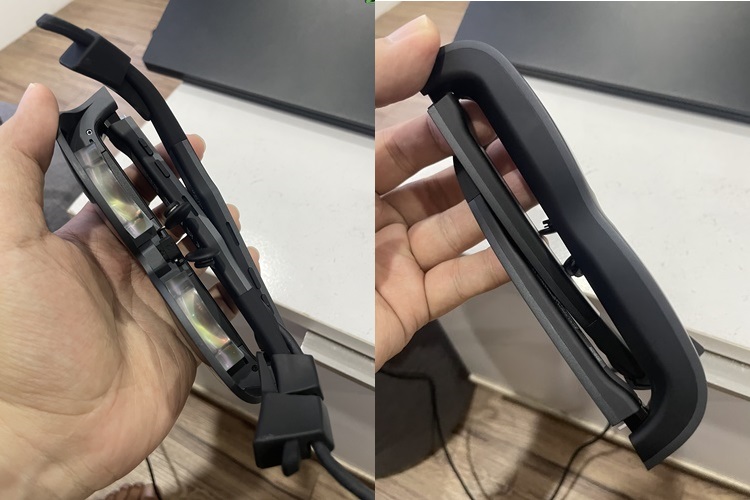
Overall really thick
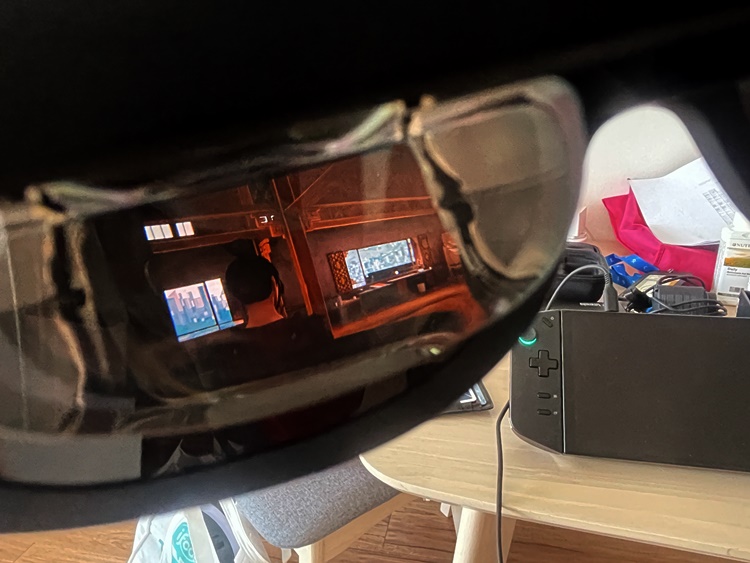
A sneak peek of the Legion Glasses
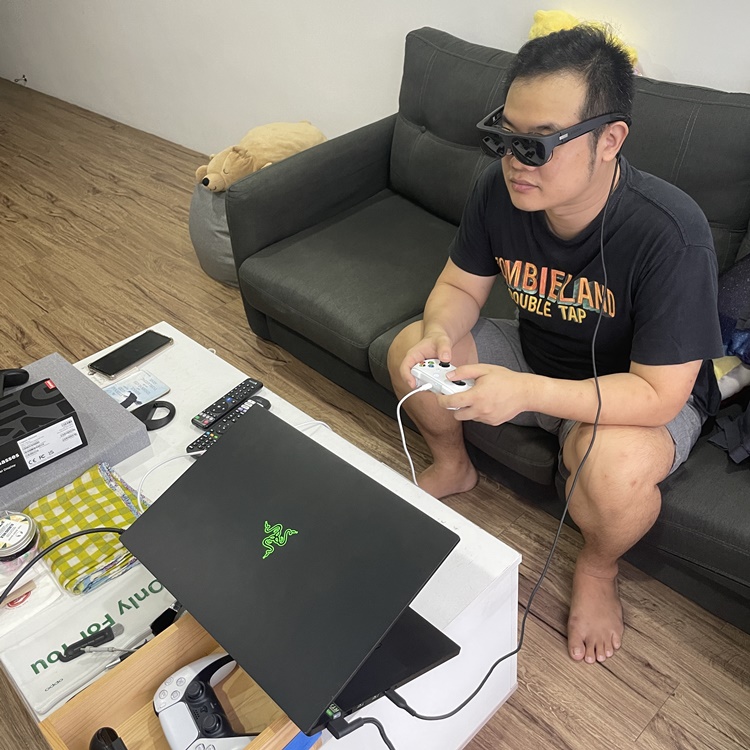
Yes, you can plug it into a gaming laptop too as long as it has a USB-C port
As you can see, I have a mixed bag of feelings towards the Legion Go. Compared with the ROG Ally (see our review here), the bigger display size and longer battery life are big wins, alongside the innovative Legion Glasses for gaming immersion (but it's a separate accessory for RM1819). On the other hand, the FPS Mode is just flat-out disappointing because you have to set all the key mapping by yourself, which can be time-consuming. Windows 11 optimisation is still not there, but you can pretty much solve some issues after adjusting the game settings.
The Legion Go and ROG Ally are very similar in many aspects. But it's hard to recommend the former because of its RM3999 price tag. The ROG Ally Z1 Extreme only costs RM3299, so you do the math. Furthermore, it has been reported that ASUS made a couple of Quality-of-Life (QoL) improvements for the Ally over the past few months for a better UI experience.
Perhaps in the next few months, Lenovo can improve the Legion Go with better QoL, especially the FPS Mode and Windows 11 optimisation. And hopefully, the Legion Go can go far with long-term software support and not get axed like the dusted Legion Phone Duel series. But what do you think, and do you agree with the review? Let us know in the comments below and stay tuned for more tech gadget reviews at TechNave.com.
Lenovo Legion Go tech specs and features:
- Up to AMD Ryzen Z1 Extreme with RDNA Graphics
- 16GB of LPDDR5X RAM
- Up to 1TB PCIe 4.0 NVMe M.2 2242
- Measures 40.7mm x 298.83mm x 131mm (with controllers), weighs 854g (with controllers)
- 8.8-inch QHD+ (2560 x 1600) IPS, 500 nits, 16:10 aspect ratio, 144Hz refresh rate, 97% DCI-P3, 83% Active Area Ratio, 10-point touchscreen, Gorilla Glass
- Features - Legion Space, Xbox Game Pass Ultimate (3-month trial), FPS Mode and detachable Legion TrueStrike Controllers
- 2-cell 49.2WHr battery with Super Rapid Charge, Controller battery capacity - 900mAh
- Ports - Headphone/mic combo, USB-C 4.0 (DisplayPort 1.4, Power Delivery 3.0 for top and bottom), MicroSD card reader (supports up to 2TB)
- Connectivity - 2x2 WiFi 6E (802.11 ax), Bluetooth 5.2
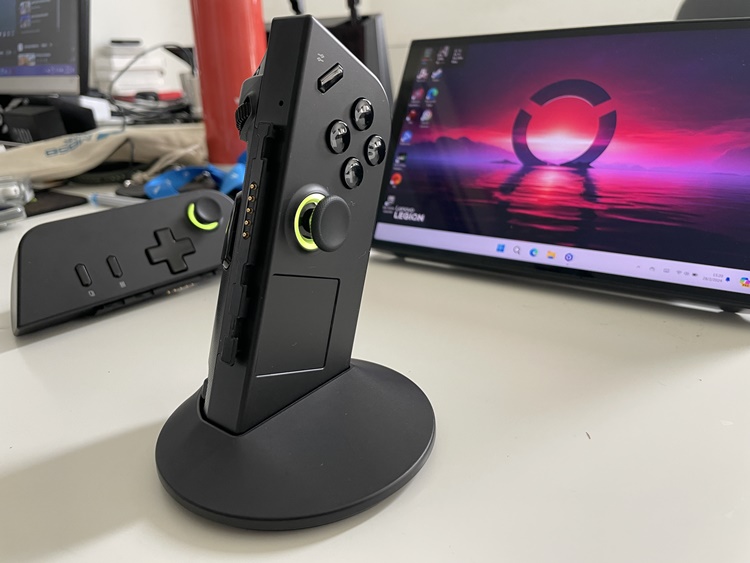
Maybe the Legion Go will get better in time with good software support
Pros - The Legion Go's bigger 8.8-inch display and subjectively longer battery life than the ROG Ally make it quite enjoyable. Having Legion Glasses is a nice bonus too, but it's a separate accessory.
Cons - FPS Mode has potential and is unique, but renders many FPS games unplayable with its default controller setting. Also, Windows 11 still needs better optimisation for a better PC handheld gaming experience.
Conclusion - If you don't mind spending a long time setting up all the buttons for FPS mode, it might be worth the purchase at RM3999.




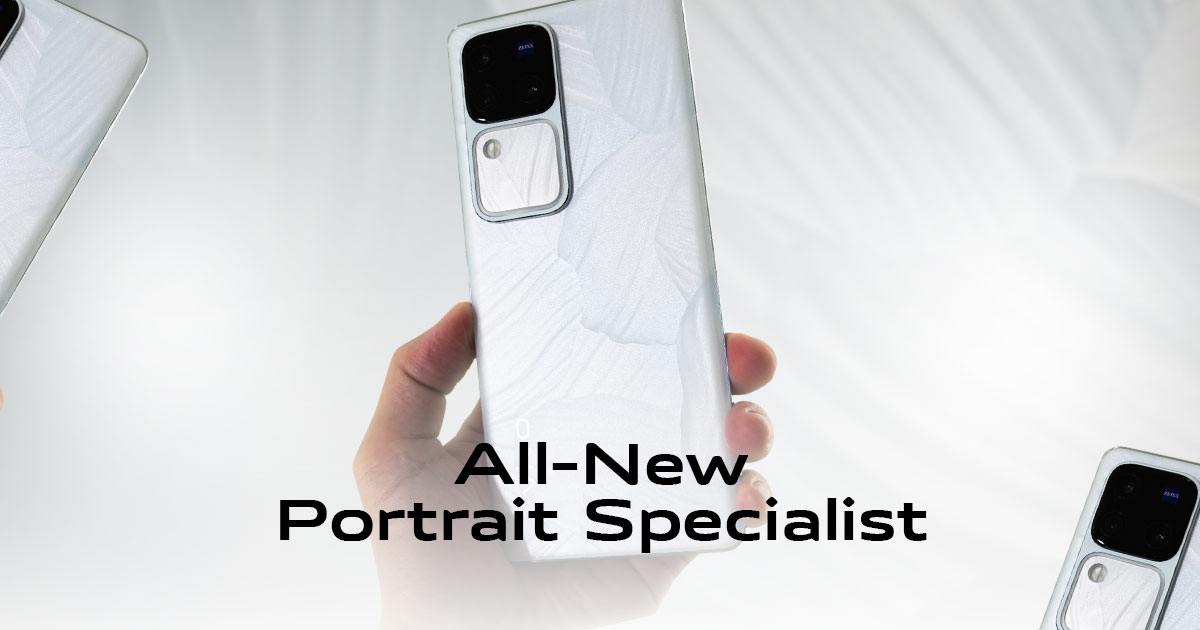
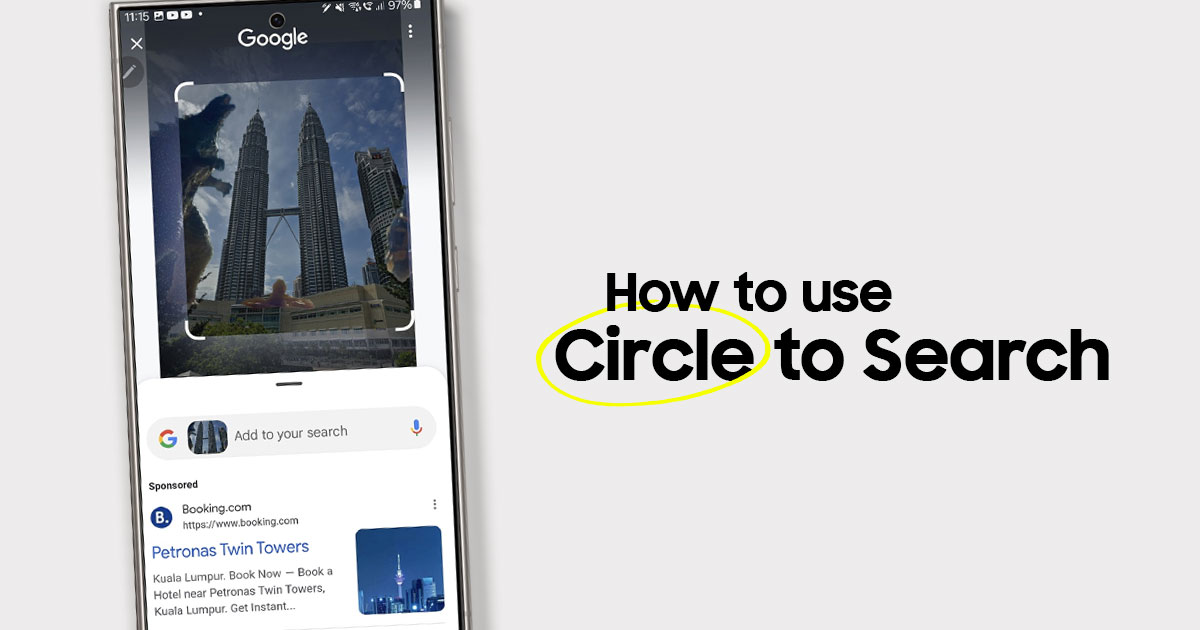
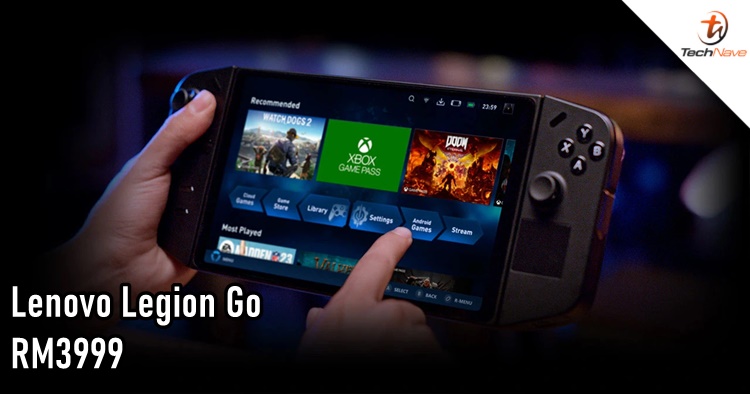
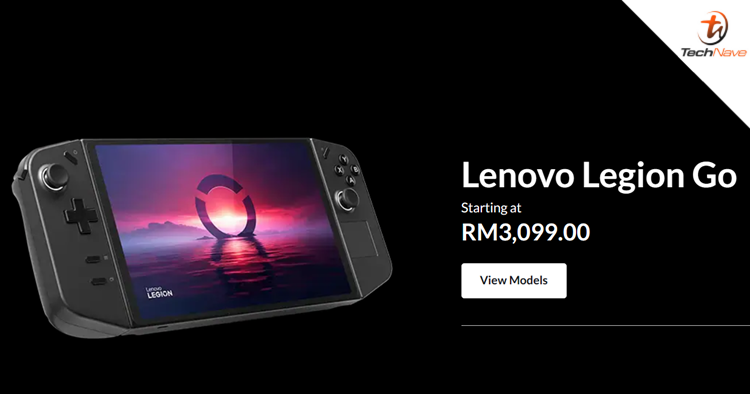
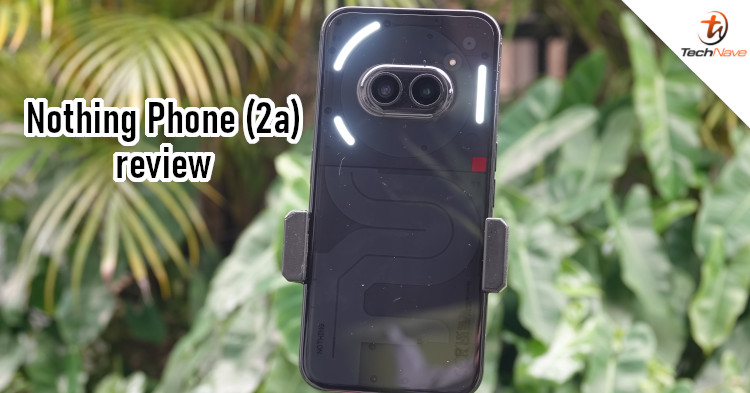
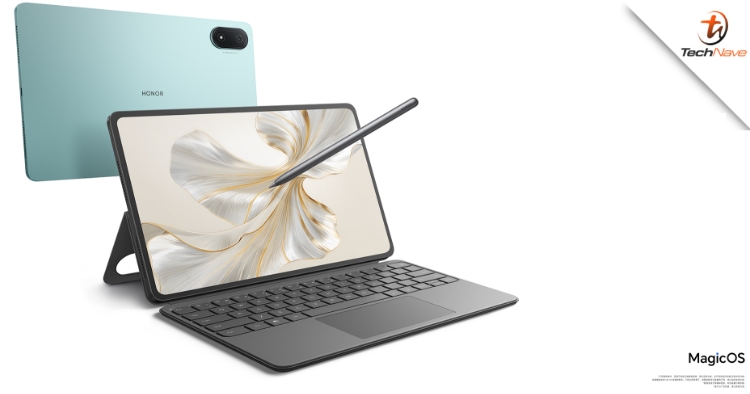
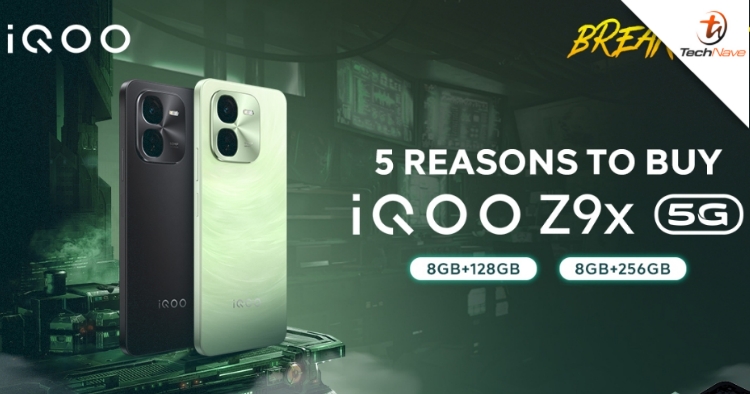
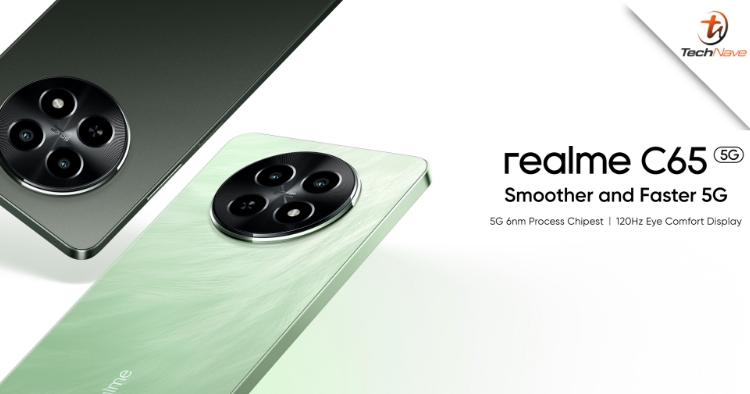



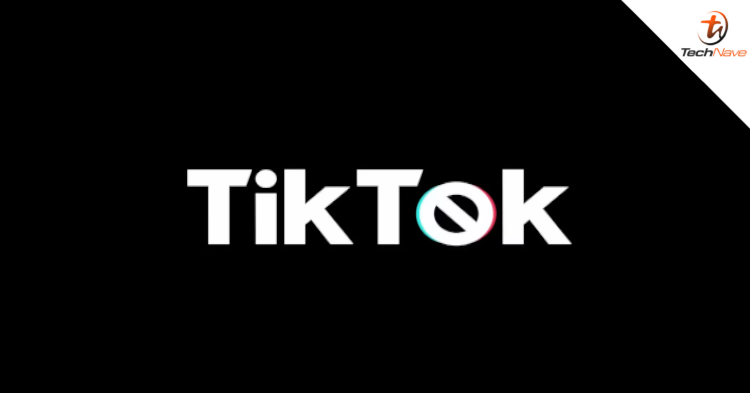
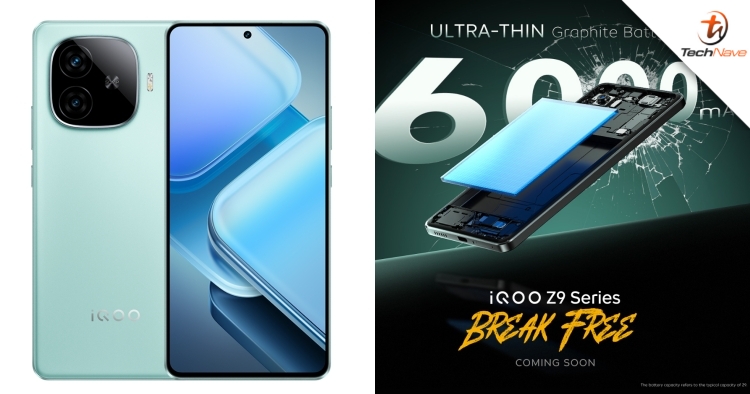
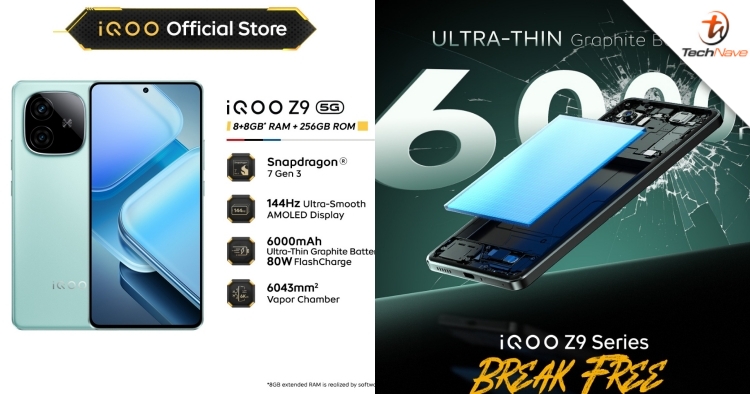
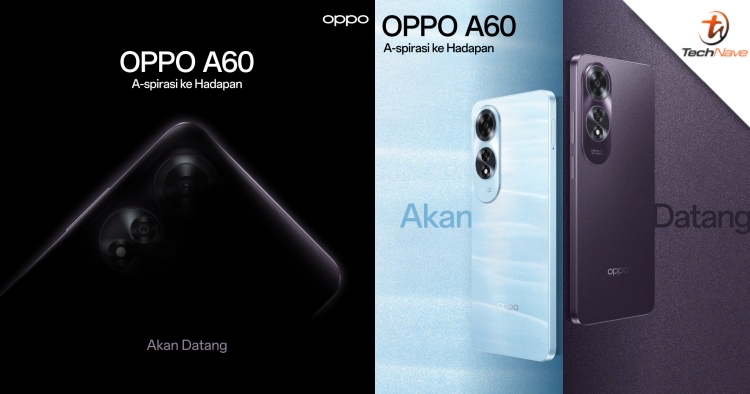
COMMENTS